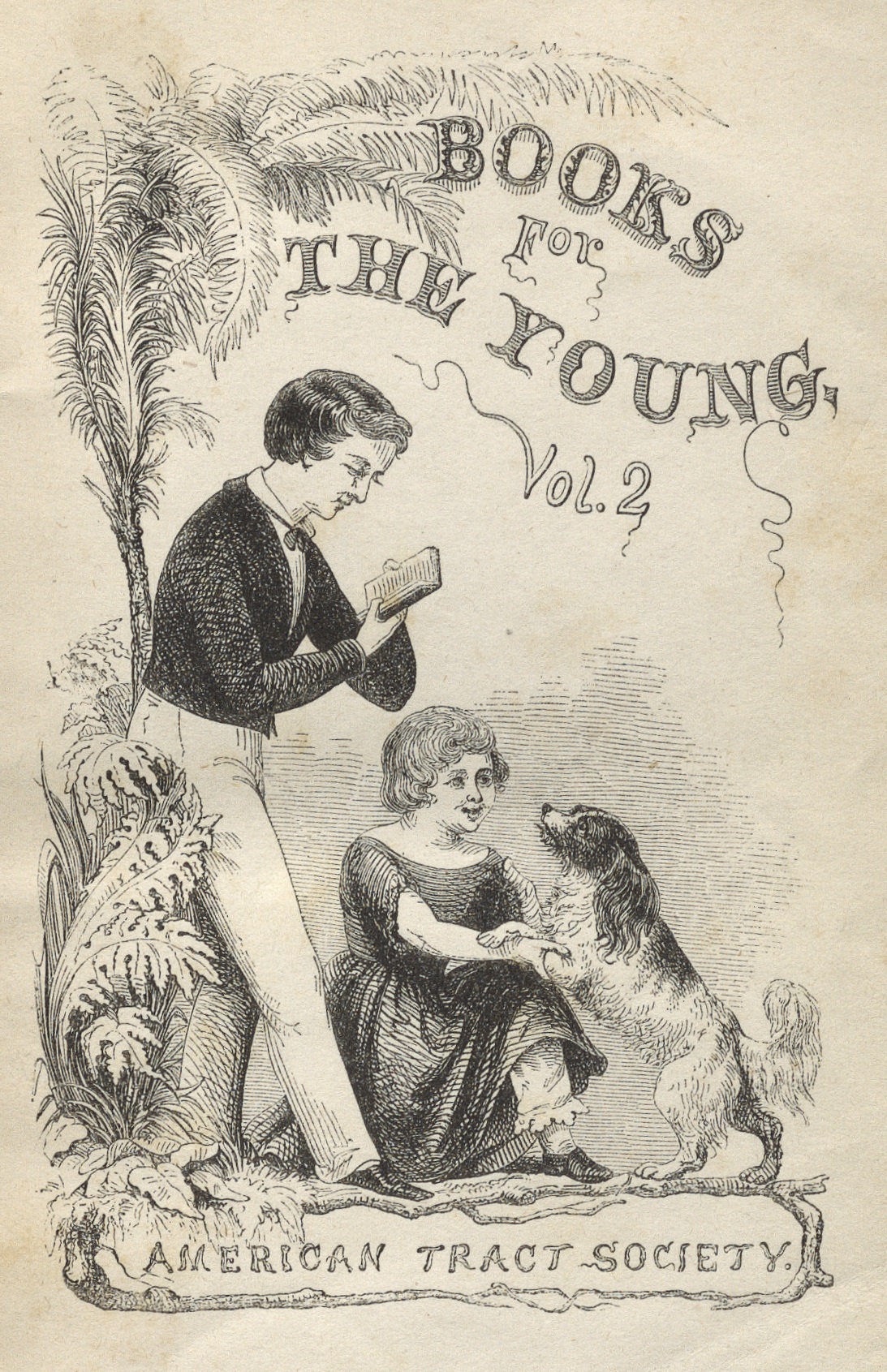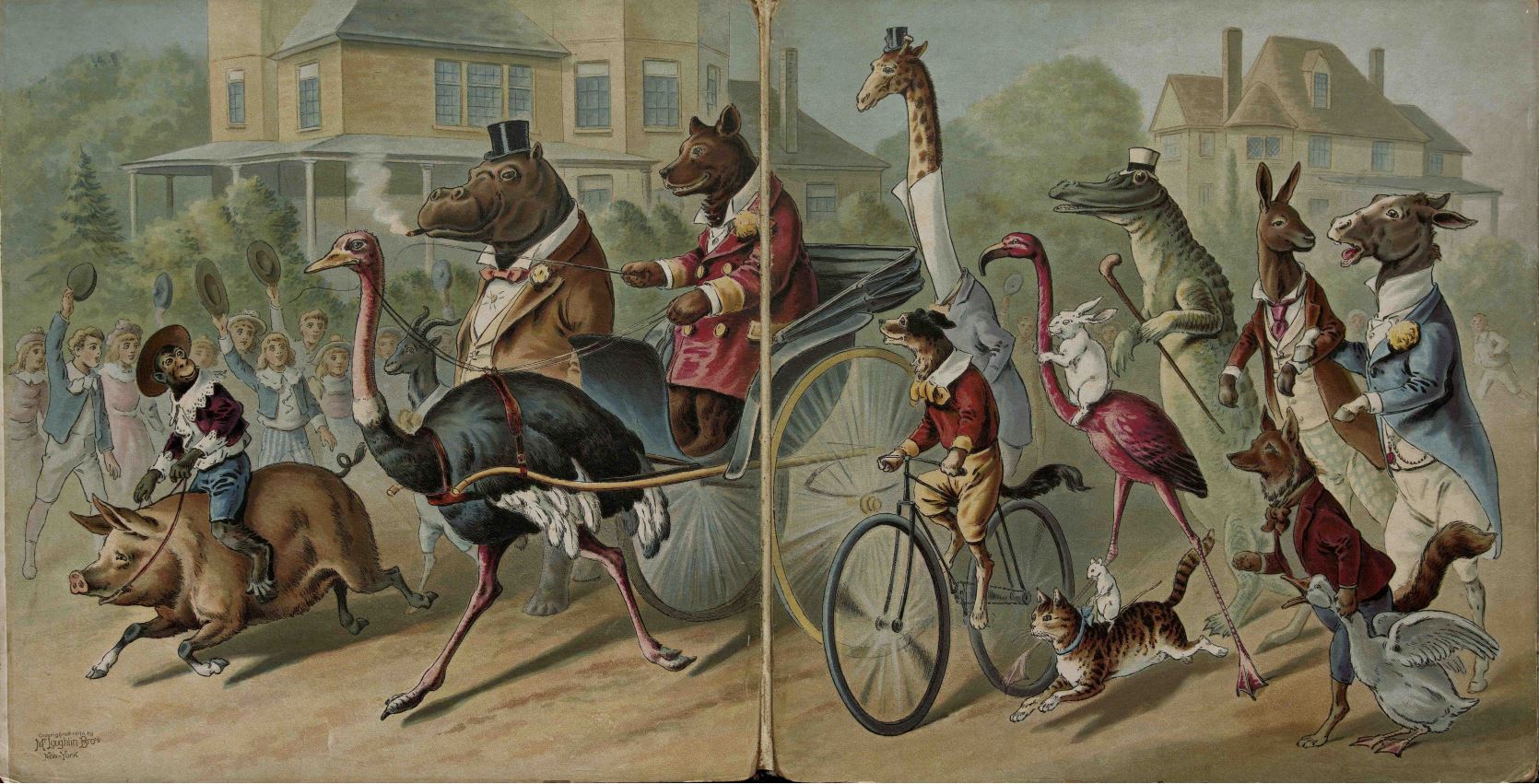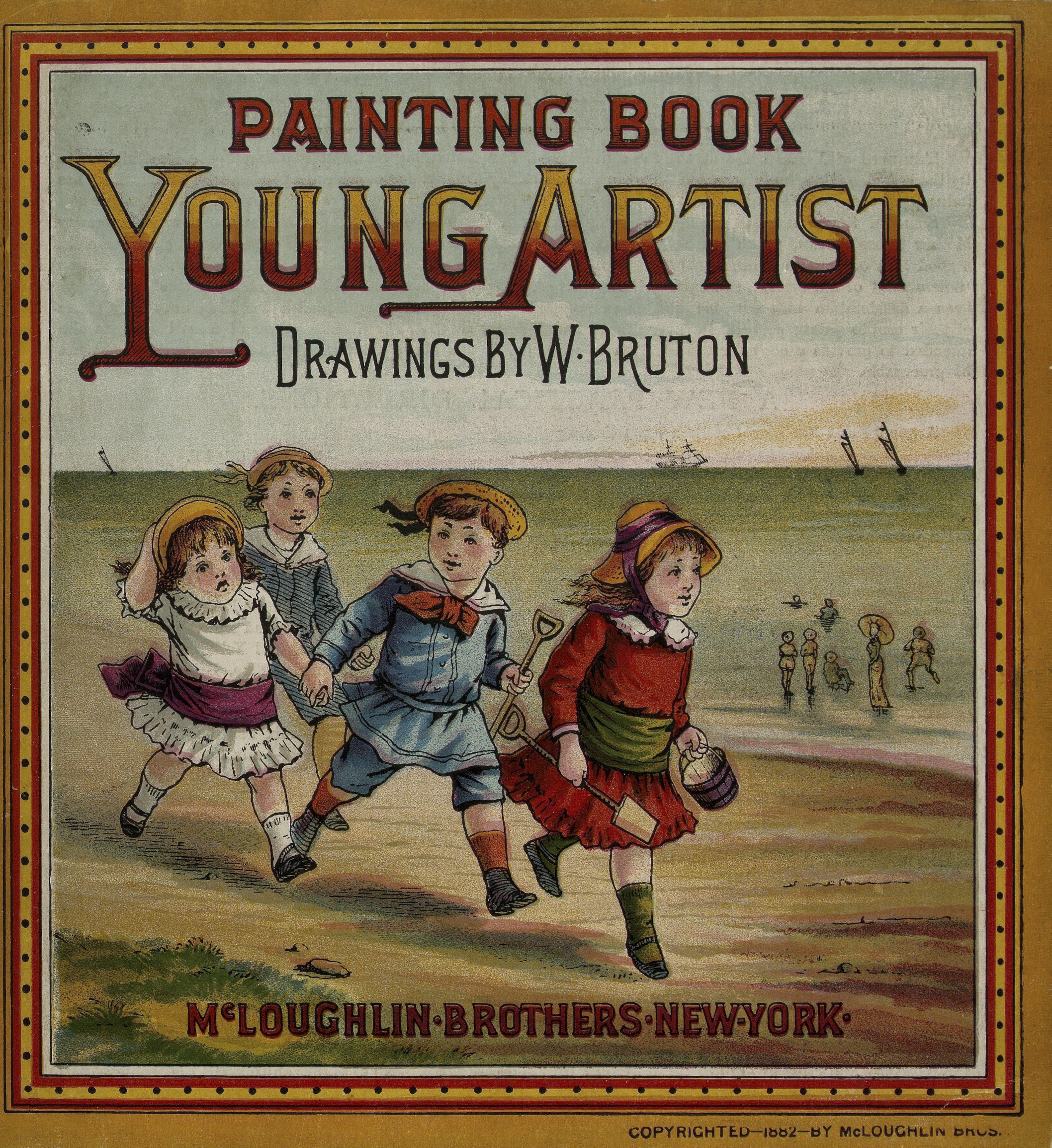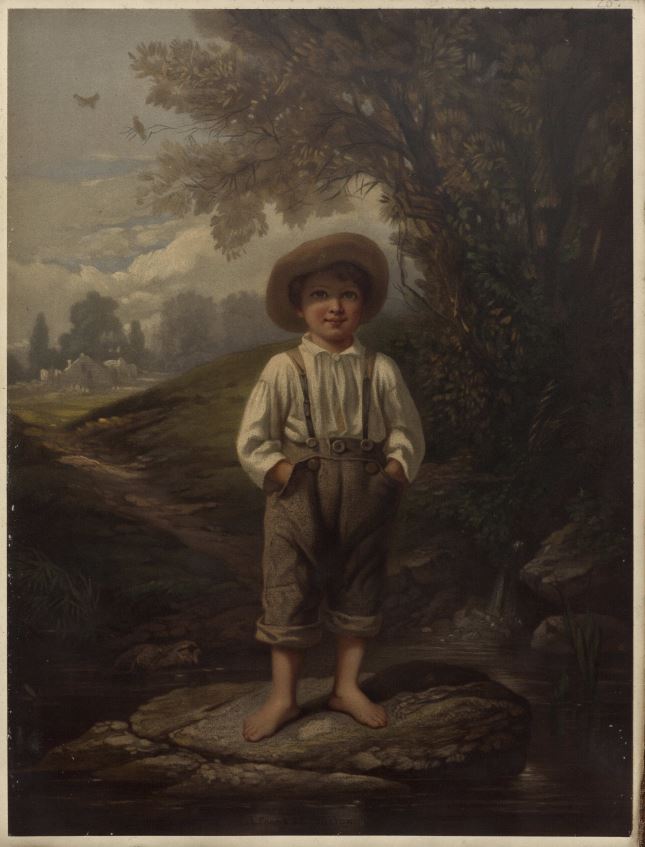Nature and Scope
Explore the golden age of children’s literature and chart the evolution from chapbooks to the ‘book beautifuls’ of the early twentieth century.
Introduction
Virtually nothing of cultural significance escapes being touched upon in some way within children’s print culture, so examining the literature produced for its young people is a way of probing the evolving nature of a society. Across time and place, text and image alike convey the expectations that societies have of their children and present, in simply worded and visually compelling ways, the aspects and challenges of everyday life faced by young people and their families.Children’s Literature and Culture is a unique, robust, and visually stunning primary source collection that documents this literature and print culture. Bridging the didactic chapbook era of the long eighteenth century with the plot- and image-driven books of the early twentieth century, and covering many other document types in between, the material in this resource will be essential to students and researchers interested in a broad spread of topics.
Nature of the Material
This project makes available both published and unpublished primary source materials from the Children’s Literature and Graphic Arts collections held by the American Antiquarian Society and the Winterthur Museum, Garden and Library. These collections include:- Books published primarily by McLoughlin Bros – a New York-based firm that pioneered the use of color print technology in children’s books – and by competitors such as Fisher & Brother and E.P. Dutton. Selections include accordion books, alphabet books, chapbooks, novels, and picture books written and illustrated by influential authors such as Daniel Defoe and Louisa May Alcott, and illustrators such as Kate Greenaway and Ida Waugh. A number of first and early editions are available.
- Catalogs and order forms outlining the products that McLoughlin Bros had to offer.
- Educational books aimed for use in school and for home learning. These include atlases and geography books, spelling books, readers, primers, syllable books, and drawing or painting books.
- Religious tracts published primarily by the American Sunday School Union and the American Tract Society but including a selection from Henry Hoyt, Carlton & Porter, and other publishing houses. Selections include titles authored by such influential writers as Hannah More, Mary Martha Sherwood, and Helen Cross Knight.
- Over 1,400 original sketches, drawings, watercolor paintings, and correspondence from the American Antiquarian Society’s McLoughlin Art Archive.
![Little Students [Graphic], 1872. Content compilation © 2020, by the American Antiquarian Society. All rights reserved.](/ContributeData/Children/Views/Introduction/AAS_148382_0001.jpg)
- Highly visual proof books which demonstrate the printing process of chromolithography.
- Visuals from the American Antiquarian Society’s Lithograph Collection.
- Examples of the board games, card games, paper dolls, and other toys that formed an integral part of children’s culture.
- Stereo photographs which echo the themes found within the literature.
- Examples of sheet music written for children.
- Rewards of merit produced by Sunday schools as a reward for good conduct.
- Graphic ephemera from the John and Carolyn Grossman Collection.
Scope of the Resource
Children’s Literature and Culture contains more than 8,600 digitized items produced for, about and, in some cases, by children and youth in the decades between the 1810s and the 1920s – a key period in the history of juvenile culture that incorporates the era regarded as the first ‘golden age’ of children’s literature. The vast majority of these items are available online, in Children’s Literature and Culture, for the first time.The resource incorporates a wide geographical sweep. It includes a selection of titles from European publishers and some written in French or German but focuses primarily on American literature and culture. Central to the resource are the items published by McLoughlin Bros.
The documents included in Children’s Literature and Culture span a range of genres of literature for children, from early forms of devotional and instructional primers through illustrated rhymes, tales, stories, novels, and picture books. Each document has been indexed by one or more of 20 broad themes, carefully discussed with the Editorial Board, with the aim of maximizing accessibility and ease of navigation and research. This enables researchers to explore a number of diverse subjects:
- Animals and Nature – Captures coverage of the natural world and the many instances where anthropomorphized animals are used to entertain and educate children.

- Calendar Events and Holidays – Focuses on celebrations, vacations, and times of the year, such as Christmas, May Day, and the seasons.
- Crime and Punishment – Highlights instances of how crimes such as theft, witchcraft, and infanticide, and their consequences, are dealt with in children’s literature.
- Disability – Broadly covers discussions of disability. Common subjects include blindness, deafness, mental illness, and mobility impairment.
- Education and Didactic Texts – Concentrates on instructional materials such as primers, syllable books, drawing books, and atlases, and on subjects ranging from orthography to arithmetic and spelling.
- Family and Relationships – Shines a light on the interactions between children and their parents, siblings, grandparents, extended families, stepfamilies, and friends, and on areas such as widowhood, courtship, love, and marriage.
- Gender and Sex – Signposts researchers towards representations of gender roles, transgender people, and gender impersonators.
- Illness and Death – Covers specific illnesses and conditions alongside subjects such as hygiene, medicine, suicide, and the death of animals.

- Leisure and Play – Homes in on the ways in which children of the times occupied and amused themselves with activities from needlework and gardening to hunting and fishing, and with toys such as dolls, puppets, and bicycles.
- Morality, Manners, and Consequences – Highlights the focus on moral conduct in children’s literature and the repercussions of ‘getting it wrong’. Obedience, truthfulness, conscience, and laziness are amongst the subjects covered.
- Nationality and Place – Focuses on the geography of place, from continents and nation-states to neighborhoods and localities, and on issues of nationhood, citizenship, and patriotism.
- Poverty, Debt, and Welfare – Broadly focuses on facets of economic status, covering areas such as charity, begging, ragged schools, and bankruptcy.
- Professions – Focuses on the different occupations and lines of work, from street vendors and shepherds to physicians and politicians, to which children were exposed through their books.
- Race, Ethnicity and Racism – Material covering perceptions and representations of race and ethnicity, race relations, and racist writing.
- Religion – Highlights the rich seam of material that addresses children’s interaction with religion and scripture, how religion was interpreted in everyday life, and how religion dictated moral and social behavior. These documents are heavily weighted towards western Christian denominations.
- Slavery – Takes researchers to representations of the enslaved and the enslaving and to content that discusses the situations and outcomes engendered by the practice.
- Temperance and Addiction – Marks instances where children are confronted with the battle against temptation. Gluttony, avarice, and the dangers of gambling, tobacco, and alcohol are amongst the topics addressed.
- Travel – Highlights coverage of voyages, rail trips, and vacations; of seafaring and pioneer life; and of different methods of travel in children’s literature.
- War and Revolution – Directs researchers towards representations of conflict and of people at war.
- Women in Publishing – Provides a gateway to the written and illustrative work of women within children’s literature.
Read about the project’s selection criteria here.
Take a tour of the site here.
Material Highlights
In the documents
Within their scope, the American Antiquarian Society collections from which this resource is largely sourced are amongst the finest in the world, so their highlights are many and varied. Here you will find just a few:- Beauties of the New-England Primer. A ubiquitous schoolbook of its time and one of the earliest titles included in Children’s Literature and Culture.
- History of the New-York African Free-Schools. A book that not only provides insight into the pre-Civil War education of free African Americans in New York, but includes examples of artistic and literary work created by young African Americans, too.
- The selection of works authored by Hannah More, the highly influential religious and moral writer and reformer.
- Visit Of St Nicholas. A festive picture book showcasing the work of well-known artist and cartoonist Thomas Nast.
- Young America’s ABC and Pretty Picture Book. A beautifully illustrated picture book designed to appeal to national pride and very much wearing its patriotic credentials on its sleeve.
- Educated Animals. The ape dressed for golf, the lion babysitter, the stag playing the harp, and the elephants striding onto the baseball field are the star players in this prime example of animals being employed to entertain and amuse.
- Little Robert and His Friend. A hidden gem of a novel, which advocates interracial understanding and friendship.

- The Life and Strange Surprising Adventures of Robinson Crusoe of York, Mariner, As Related by Himself. A facsimile reprint of the first edition of Daniel Defoe’s classic tale, and the earliest of many versions available within the resource.
- The Story Painting Book: The House that Jack Built. The drawing books within the resource are particularly special when used or annotated, and The Story Painting Book is a wonderful example.
- The History of Little Jane and Little Charles. This book features 1840s antebellum children’s literature and demonstrates the many ways, styles, and techniques that were being experimented with before the introduction of lithography in the 1860s.
- Whittier’s Barefooted Boy. This progressive, accordion-style proof book beautifully illustrates the process of creating a chromolithographic image.
- Chiromagica. A remarkable McLoughlin Bros board game with a magical/fortune-telling theme. Players place a question card upon a glass pane and a wizard miraculously signals the correct answers, assisted by some very carefully positioned magnets.
Read more about the search tools available for locating documents such as these here.
In the secondary features
A variety of secondary features provide further tools for teaching and research:![[Squirrel Hunting] [graphic], 1900. Content compilation © 2020, by the American Antiquarian Society. All rights reserved.](/ContributeData/Children/Views/Introduction/AAS_571687_0001.jpg)
- Contextual essays and video interviews commissioned for Children’s Literature and Culture from leading scholars and collection specialists. These have been designed to highlight key documents and areas of study within a range of themes.
- Biographies which provide background information about some of the notable individuals and publishing houses in Children’s Literature and Culture.
- Online exhibitions focusing on the evolution of classic texts and on the development of artwork from draft to publication and beyond.
- Visual galleries which showcase a selection of the many beautiful and striking images in the resource.
- Search directories organised by genre, Library of Congress subject heading, people, and publisher.
Language and Terminology
All editorial decisions relating to this project have been made with great care, consideration, the utmost sensitivity, and input from the editorial board.Every care and attention has been paid to preserve the historic authenticity of these documents which range in date from the early nineteenth century to the beginning of the twentieth century. Some digitised primary sources do contain offensive and othering language and ideas towards minorities. This language has been preserved for historic authenticity in primary source documents, and in metadata in cases where this makes the material discoverable for research and learning purposes.


